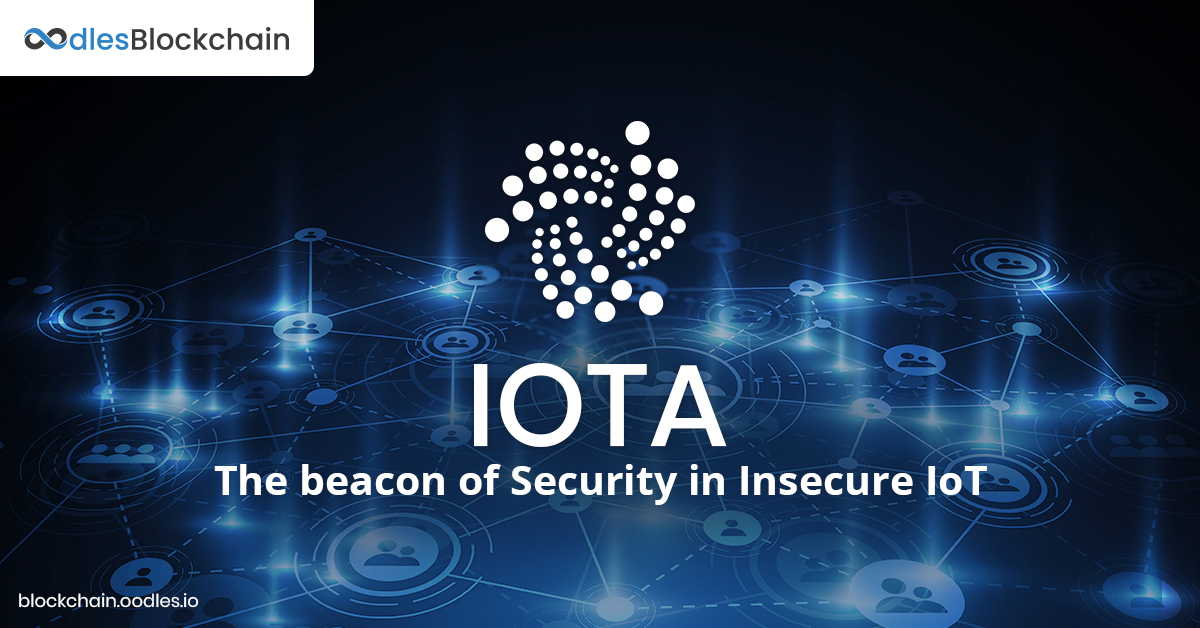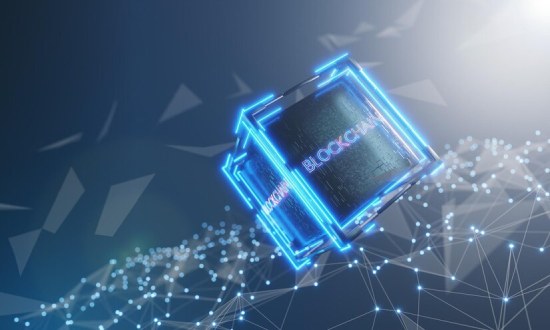-
Internet of Things means the network of interconnected electronic devices. Here, “Things” are referred to “Smart” devices interconnected via the Internet. They inter-communicate to carry on their activities uninterrupted, with or without human intervention. Blockchain Solution emerged in this ecosystem as IOTA, a distributed ledger technology for interconnected smart devices. Since IoT remained vulnerable to security attacks being an amalgamation of many devices, data safety has been as a major issue in the technology. Now IOTA is emerging as a beacon of security solution being a cryptographically secure mechanism.
Understanding Internet of Things
IoT is a futuristic technology. Its immense potential has lead both the business and the consumer community to aggressively adopt the trend. Its demand is increasing with augmenting use cases in domestic, enterprise and business landscape. IoT is popular for its attractive features. Blockchain Solution added another strong prospect into this technology.
Here is a simple example of how IoT works. Suppose, a slot for eggs is set in a refrigerator. This smart refrigerator ‘sense’ the gradual decrease in the number of eggs. When the refrigerator finds the depletion is reaching a lower threshold, it automatically set up an order in the local shop or an online portal for a measured number of eggs. Hence, without human intervention, eggs reach the fridge. IoT can make the coffee maker start brewing the evening cup of cappuccino at home right when you set the destination in your car way back from office.
Security in IoT Ecosystem
Apparently, an IoT system has several nodes or interconnected smart devices. These devices are of contrasting types, serving different objectives. A device could be a nail-sized sensor to a large smart car. Each electronic equipment in a house can form a network, which can be connected to another network in some other location. IoT can form large networks of innumerable smart devices combining smaller networks, working in full synchronization with one another. By 2020 there will be 20.4 billion interconnected devices across the globe and IoT is gradually encompassing them.
However, lest a large network, even a smaller one with a handful of devices is completely vulnerable to security hacks. This is the reason blockchain solution is becoming relevant in this technology. The network could be accessed via any potentially vulnerable device. A small glitch or a bug in a particular component is enough to break into the whole system. This open exposure to attack has raised strong skepticism on IoT. There are multiple dimensions of security threats in the system. Here, it is difficult to keep track of any potentially vulnerable device. Additionally, the determination of the nature of the attack is tough. Attackers can disguise using any technology or use any technique to break into the system.
IOTA Blockchain Solution
IOTA, in reality, is not a Blockchain Solution. The underlying technology of IOTA is Decentralized Acyclic Graph, which has a network like structure, in contrast to the chain-like structure of blockchain. The technology is built with the primary objective of becoming the secured and decentralized internet only for smart devices in the IoT ecosystem. The intention of its founders is to create a public network for IoT, enabling micro-transaction of its unique cryptocurrency called the mIOTA.
Know More about IOTA Distributed Ledger
IOTA Securing IoT
There are certain differences in how a conventional blockchain works to that of the IOTA network. To confirm a transaction on IOTA network, a node has to confirm two previous transactions. Thus, any request from an IoT device will have to confirm two previous transactions with other nodes or devices in the system. It means, the device will verify two previous addresses of the previous transactions. Therefore, at device level, IOTA can secure any network strongly. Tangle, the technology of IOTA network uses several techniques to secure transactions.
The Approval mechanism creates a cumulative weight in any device. A device in the network verifies the previous transactions to approve an incoming one. The algorithm of verification is called Tip Selection. The weight of a node increases as its number of approvals increases. Therefore, the more a device is secure in the system, the more will be its weight as well as the probability of approval of an incoming transaction. Above it, a device or node in the system requires to solve cryptographic puzzles before approving a transaction.
The most recent development in security measures of IOTA is the Coordinator, a system to validate any transaction. This system brings Consensus mechanism, the security aspect of blockchain into IOTA. In Coordinator, a transaction is to be validated by the entire network after the first individual approval. Security in IOTA grows stronger with the increasing number of devices because each of the connected devices will add up to the approval mechanism increasing the number or required approvals. In Tangle technology, any node without a single approval is blocked from the network automatically.
Explore our Enterprise Blockchain Solutions.
Prospects of IOTA in Internet of Things
Although IOTA is with certain vulnerabilities, it is the strongest blockchain solution to secure IoT. In fact, it is the best option for technology. Being a device based cryptographic network, it is with ingrained security features for electronic equipment. Furthermore, IOTA is evolving not only as the most secure communication protocol for machines but also as a financial infrastructure.

Our Offices
INDIA
Emaar Digital Greens, Sector 61,
Gurugram, Haryana
122011.
Welldone Tech Park,
Sector 48, Sohna road,
Gurugram, Haryana
122018.














